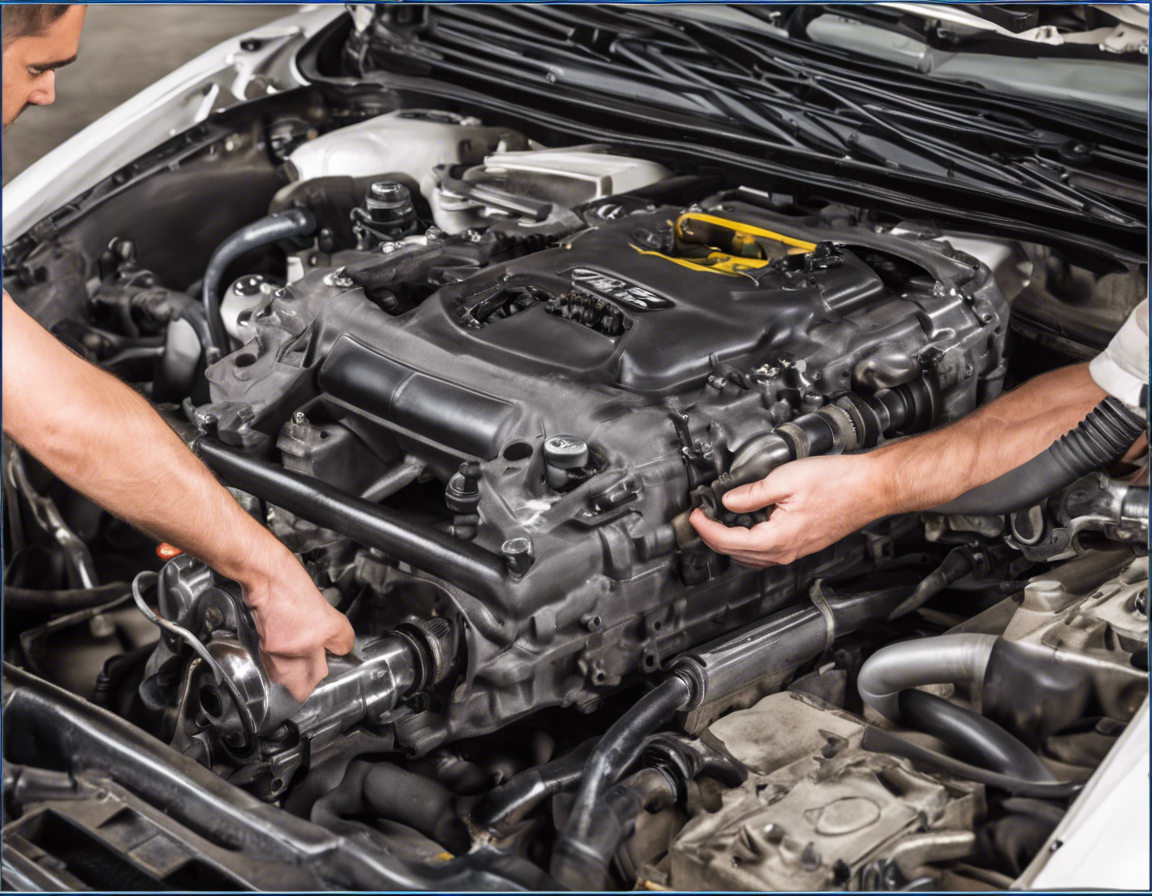Automobiles are complex machines with various components that work together to ensure smooth operation. One crucial part of a car’s drivetrain is the transmission, which is responsible for transferring power from the engine to the wheels. A leaking transmission can lead to serious issues if not addressed promptly, including transmission failure and costly repairs. In this article, we will discuss the cost to repair a transmission leak and what to expect throughout the repair process.
What Causes Transmission Leaks?
Transmission leaks can occur due to several reasons, including:
– Damaged Seals: Seals can wear out over time, leading to leaks.
– Loose Bolts: Loose bolts or fittings can cause leaks.
– Worn Gaskets: Gaskets can degrade and cause leaks at various connection points.
– Cracked Transmission Pan: The transmission pan can crack due to impact or corrosion.
Symptoms of a Transmission Leak
Identifying a transmission leak early can prevent further damage. Look out for these symptoms:
– Red Fluid Puddles: Transmission fluid is usually red. Spotting puddles under your car can indicate a leak.
– Burning Smell: A burning odor could suggest that the leaking fluid is dripping onto hot components.
– Transmission Slipping: Low fluid levels due to a leak can cause the transmission to slip.
Cost of Repairing a Transmission Leak
The cost to repair a transmission leak can vary depending on the extent of the damage, the car’s make and model, and labor rates in your area. On average, you can expect to pay between $150 to $400 for a minor leak repair. However, if the leak has caused significant damage or requires parts replacement, the cost can escalate to $500 to $2000 or more.
Repair Process
When you take your car to a mechanic for a transmission leak repair, here’s what you can expect:
1. Diagnosis: The mechanic will inspect the transmission to locate the source of the leak.
2. Repair Plan: Once the cause is identified, the mechanic will provide a repair plan and cost estimate.
3. Fluid Replacement: In most cases, the transmission fluid will need to be drained and replaced.
4. Seal or Gasket Replacement: Damaged seals, gaskets, or components will be replaced.
5. Test Drive: After the repair, the mechanic may take the car for a test drive to ensure the issue is resolved.
DIY vs. Professional Repair
While some car owners may attempt to fix a transmission leak themselves, it is generally recommended to seek professional help. Transmission repairs require specific tools, expertise, and knowledge to ensure the job is done correctly. Attempting a DIY fix can lead to further damage and a higher repair bill in the long run.
Frequently Asked Questions (FAQs)
-
Can I drive with a transmission leak?
It is not recommended to drive with a transmission leak as low fluid levels can cause damage to the transmission. -
How long does it take to repair a transmission leak?
The repair time can vary depending on the extent of the damage, but most repairs can be completed within a day. -
Is a transmission leak an expensive repair?
The cost of a transmission leak repair can vary, but addressing the issue early can prevent more costly repairs in the future. -
Can I use a transmission leak sealant product?
While some sealants can provide a temporary fix for minor leaks, it is best to have the source of the leak properly repaired by a professional. -
How often should I check my transmission fluid levels?
It is recommended to check your transmission fluid levels regularly as part of your car maintenance routine to catch any leaks early.
In conclusion, addressing a transmission leak promptly is crucial to prevent further damage and costly repairs. Understanding the costs involved and what to expect during the repair process can help car owners make informed decisions when faced with this issue. Remember to consult a professional mechanic for an accurate diagnosis and repair to keep your vehicle running smoothly.
